
Billionaires Battle Over New Home for the 76ers in Philadelphia
Not long ago the fiercest competition in Philadelphia basketball involved the 76ers versus the Boston Celtics. But recently,
2023-08-18 18:24

Signs Of A Possible Thaw Between The US And Iran: Big Take Podcast
Listen to The Big Take podcast on iHeart, Apple Podcasts, Spotify, Terminal. The US and Iran recently announced
2023-08-18 18:24
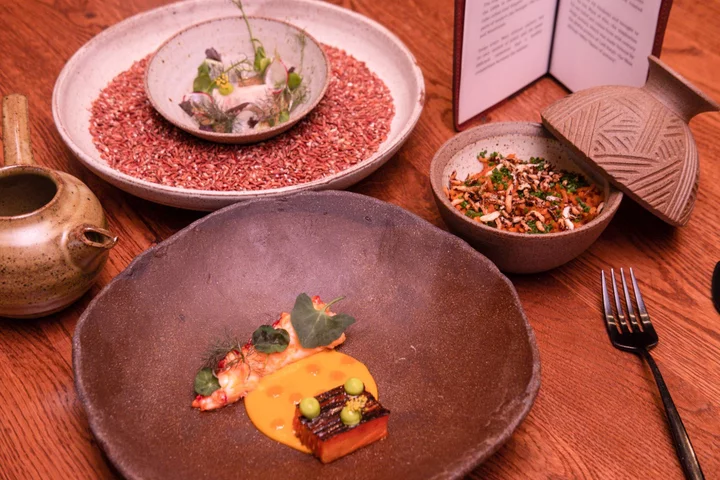
As Michelin Expands, Black Chefs Continue to Miss Out on Stars
Earning just one Michelin star has the potential to elevate just another dining spot to the highest ranks
2023-08-18 17:59
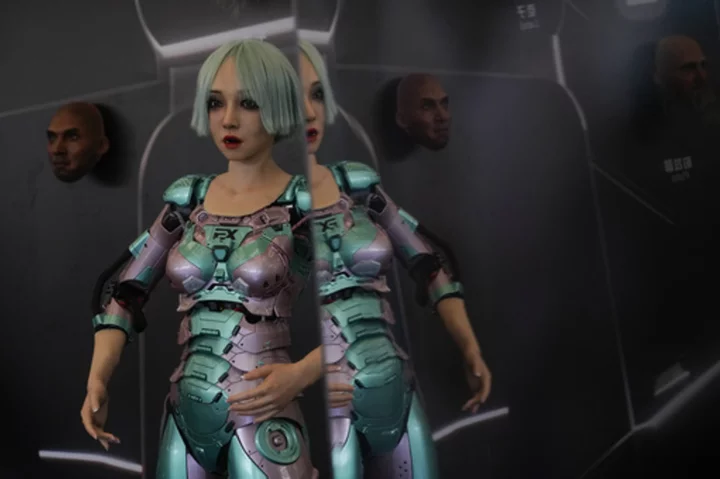
AP PHOTOS: Lifelike robots and android dogs wow visitors at Beijing robotics fair
BEIJING (AP) — Winking, grimacing or nodding their heads, robots mimicked the expressions of visitors at a robot expo in Beijing.
2023-08-18 17:17

‘The Voice of China’ Producer Falls by Record After Viral Video
The producer of the “The Voice of China” saw its stock tumble by the most on record after
2023-08-18 16:52
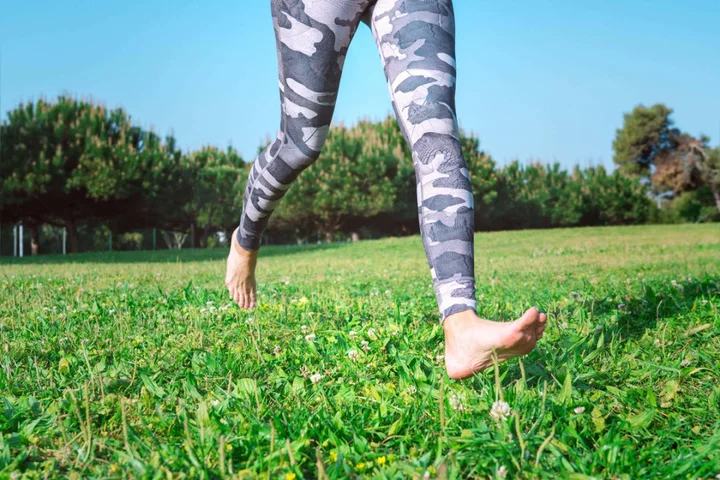
Tempted to try barefoot running? Here’s what you need to know
Barefoot running seems to be rising in popularity, with fans hailing its many benefits – and some even tackling entire marathons without shoes. The thought of bare soles beating the pavement may leave many people wincing, and there are certainly things to consider before giving it a go. But the idea of exploring the most natural way to move – with our primitive bare feet on the ground – could be tempting too. So, what is the deal with barefoot running, and is it worth it? Are there any benefits to barefoot running? “Barefoot running really helps us reconnect with nature,” says Sammy Margo, a physiotherapist working with muscle and joint care specialists Deep Freeze and Deep Heat. For many, this is a big part of the appeal – and some fans of barefoot running say they’ve experienced benefits to their running form too. It’s important to remember our bodies may all respond differently to pressure and force, however, so how we react to barefoot running may vary. “The body, muscles, and joints will take on the ground pressure differently,” says podiatrist Dina Gohil, brand ambassador for CCS Foot Care. “Some people may experience improvement in pain in certain areas, and vice versa. The body works together and force is distributed to the best of your body’s ability to enable the movement you’re trying to achieve.” If you can physically feel your feet hitting the ground however, in theory, your body may become more aware of those forces and movement patterns. “Going shoe-free can help with your awareness of the position and movement of your body – proprioception. Exercising barefoot can also help restore natural running patterns and strides,” Gohil explains. For example, she adds: “Being barefoot can actually allow you to be more conscious of how the heel strikes on the ground, and at what pace and strength. So doing activities barefoot can help strengthen the foot and ankle, improve muscle strength, increase flexibility, and allow for proper movement.” Will you notice other changes? According to barefoot runners, the soles of your feet will also become a lot more resilient over time. “The best way to toughen feet is to try and walk on as many different surfaces as possible. Some people have also used newspapers on the ground to walk on to help with this process,” says Gohil. The muscles in your legs will develop differently too. Margo says: “Running barefoot also activates smaller muscles in our legs and feet, helping to improve strength and overall mobility.” Are there any risks or cons to think about? While many runners experience a range of benefits from going barefoot, there are certainly potential risks to consider. First and foremost, there’s the risk of wounding yourself if you stamp on something sharp – so always be sensible when choosing where to run barefoot. “Until your feet become acclimatised, you may find you are more prone to blisters until firmer skin or calluses have formed,” says Gohil. “There is also the increased risk of developing plantar fasciitis on the sole and heel of the foot. Other problems might include blisters, callus, cuts, infection, Achilles tendonitis, tight lower leg muscles, or stress fractures.” Margo adds: “As our muscles are working harder, [they] may become shorter and tighter, and you may feel some pain initially when you start barefoot running.” Having the support and comfort of a well-fitting running shoe can also be vital for many runners, particularly if you have a history of injuries or joint problems – so it’s advisable to speak with a healthcare professional before you attempt barefoot running. Read More Charity boss speaks out over ‘traumatic’ encounter with royal aide Ukraine war’s heaviest fight rages in east - follow live How can you get rid of acne scars? From serums to laser treatments, experts talk through the options 5 viral TikTok fake tanning tips for the perfect summer glow Not got the A-level grades you needed? Here’s how to get started with the clearing process
2023-08-18 15:53
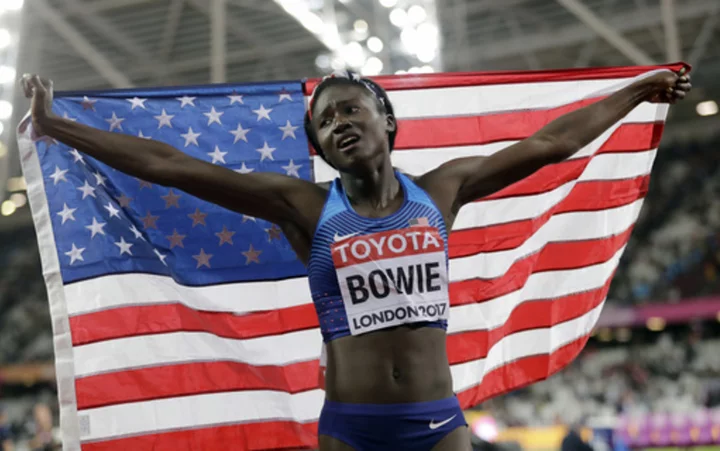
Olympic champ Tori Bowie's mental health struggles were no secret inside track's tight-knit family
Olympic gold medalist Tori Bowie’s autopsy included an easy-to-overlook notation beneath the heading “Medical History:” Bipolar disorder
2023-08-18 15:25
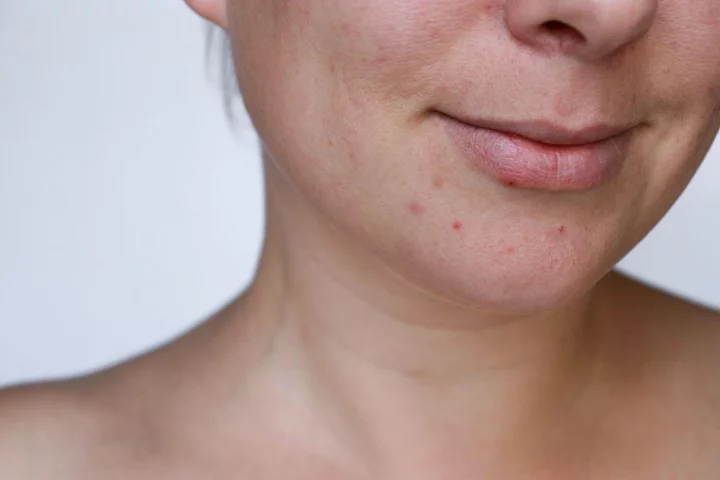
How can you get rid of acne scars? From serums to laser treatments, experts talk through the options
As if dealing with painful, pus-filled spots wasn’t bad enough, often those pesky pimples don’t just disappear completely. Acne can leave a scar – anything from a faint red mark to a significant dent in the skin. And while some of these residual blemishes fade away fast, others are harder to get rid of, but there are various at-home and clinic options to help diminish the signs of acne and pimple scarring. Here, dermatology experts talk through the options… Why does acne cause scarring? When pores become clogged and infected, a spot forms, leading to inflammation, which is the main cause of acne scarring. “Because of the injury that occurs with increased inflammation and pus, it causes damage to the dermis [the middle layer of the skin],” says Dr Ifeoma Ejikeme, medical consultant and Kelo-Cote skin ambassador. “When damage occurs to the dermis, that heals with some form of scarring. Scarring can be red if you’re a lighter skin type, or brown if you’re a darker skin type.” The amount of inflammation often determines how severe the scar will be. However, genetics can also play a role, as well as other factors. “It can also be caused by squeezing or picking at the spots,” says Dr Rabia Malik, GP and holistic aesthetic doctor, which is why it’s important to avoid popping your pimples. “If the way you extract the spot isn’t done properly, you may stress or tear the skin and permanently damage the tissue, leaving behind scarring.” What are the different types of acne scars? Acne scarring can generally be separated into two main categories: hypertrophic and atrophic. “Hypertrophic and keloid scars are thick lumpy scars,” says Malik. “Atrophic scars are flat shallow depressions that are commonly caused by cystic acne.” There are three main types of the latter, she explains: “Boxcar scars have defined edges that are wide and box-like and are commonly found on the lower cheeks and jaw. Rolling scars vary in depth and make the skin appear uneven. Ice Pick scars are narrow indentations that are commonly found on the cheeks.” There is a difference between scarring and post-acne pigmentation, however. “Often people think the pigmentation left behind is also scarring, but technically speaking, it isn’t,” says Dr Christine Hall, aesthetics doctor at the Taktouk Clinic. “It’s the body’s response to having the injury in the skin, and your body produces and sends melanin to the skins surface. It’s the pigment in our skin that also causes us to have a tan.” Skincare solutions Finding the most suitable skincare solution for you can depend on your individual needs. When it comes to mild or moderate scarring however, Ejikeme says: “Skincare is definitely the first step.” She recommends serums and face creams that contain niacinamide or retinoids: “They increase collagen production, they’re more likely to improve the texture of the skin.” Alpha and beta hydroxy acids, which usually come in serum, gel or liquid form (applied with a cotton pad) can also be effective for skin renewal. “Ingredients such as azelaic acid, lactic acid and salicylic acid encourage cell turnover and as a result, diminish the appearance of acne scars,” Malik says. “Treatment can vary and some people may need prescription grade medication to treat their acne and thereby prevent scarring.” Aesthetic treatments For more severe scarring, you may want to consult your GP, a dermatologist or specialist aesthetic practitioner to discuss possible treatments. “Microneedling helps to stimulate collagen and smooth out scars,” says Hall. “Laser resurfacing treatments can also be helpful and chemical peels can help remove some of the damaged skin layers.” Similar to hair removal, ablative laser works by targeting the pigment in the scars and zapping it away. With treatments starting from around £400, it’s a significant investment, however. “Dermal fillers can be used on atrophic scars to temporarily reduce the appearance of scars that are significantly depressed,” says Malik. Fillers can also be used on pitted scars. Be sure to seek professional advice to determine the appropriate treatment for different types of scarring. “Microneedling is not known to work for icepick scars, for example,” says Ejikeme. “And if you have a keloid scar, there are very few lasers that you should be doing because the more you agitate a keloid scar, the more likely that scar is to grow.” If you have ongoing acne, it’s important to find an effective skincare routine or get medical treatment to prevent further scarring. “There are lots of things your GP can do to help prevent spots from appearing in the first place,” says Hall. “If you are developing acne scarring, the GP can help or refer you to a dermatologist.” Getaway scars: 8 super serums and key ingredients to try 1. Purifide by Acnecide Post-Breakout Serum, £14.99, Boots 2. Q+A Niacinamide Daily Toner, £8, Sourcerie 3. Eucerin DermoPurifyer Triple Effect Serum, £12, Boots 4. Glow Hub The Scar Slayer Facial Serum, £14 5. IT Cosmetics Bye Bye Breakout Serum, £22, Cult Beauty (available August 30) 6. E.l.f Cosmetics Youth Boosting Advanced Night Retinoid Serum, £22 7. Kelo-Cote Scar Treatment Gel, £32.18, Boots 8. Teoxane Brightening Night Peel, £59 Read More Charity boss speaks out over ‘traumatic’ encounter with royal aide Ukraine war’s heaviest fight rages in east - follow live 5 viral TikTok fake tanning tips for the perfect summer glow Not got the A-level grades you needed? Here’s how to get started with the clearing process Jennifer Lopez shares her beauty regime – here’s how to look after skin in your 50s
2023-08-18 14:15
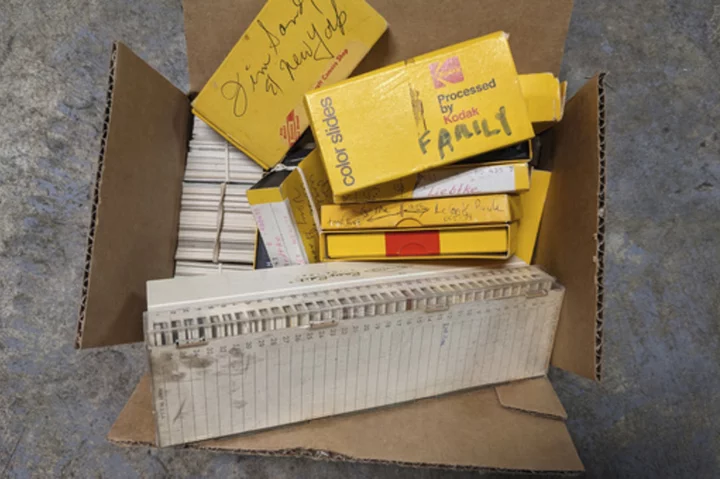
Millions of old analog photos are sitting in storage. Digitizing them can unlock countless memories
Old photos can be a treasure that keeps on giving — if you can get them out of boxes and drawers and get at them
2023-08-18 12:29

Rosalynn Carter marks 96th birthday at home with the former president, butterflies and ice cream
Rosalynn Carter is celebrating her 96th birthday at home with her husband, former President Jimmy Carter, and other family members, while the surrounding community commemorates the former first lady’s years of public health advocacy
2023-08-18 12:26

Japanese Drugstore Chain Boosts Duty-Free Counters on China Bets
Welcia Holdings Co., Japan’s largest drugstore chain, is more than tripling the number of stores with duty-free counters
2023-08-18 10:47

Ford Swings at Supercars With New $300,000 Mustang GTD
Ford Motor Co. has debuted a $300,000, 800-horsepower Mustang. The 2025 Ford Mustang GTD is a street-legal, limited-edition
2023-08-18 09:51
